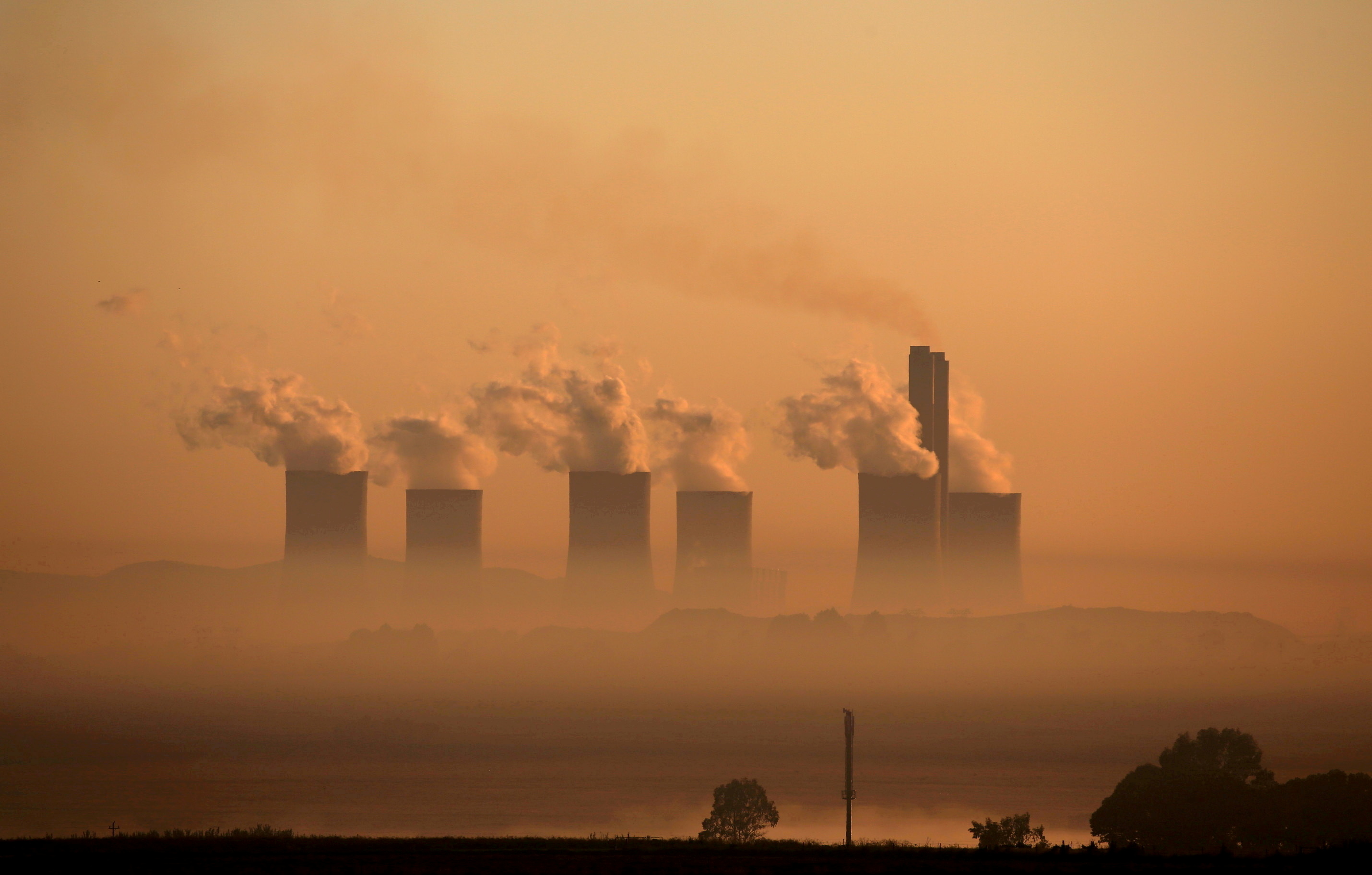1.5 deg C is the climate goal, but how do we get there?
Sign up now: Get ST's newsletters delivered to your inbox

The fossil fuel with the biggest target on its back is the dirtiest and most carbon-intensive: coal.
PHOTO: REUTERS
Follow topic:
PARIS (AFP) - The science is painfully clear: To cap global warming at 1.5 deg C - given that the world is already at 1.1 deg C - means slashing carbon pollution in half by 2030, and to zero by mid-century.
But how to do that? What does this critical Paris Agreement target mean for economies and daily lives?
What, in other words, do we have to change?
"Everything," said Dr Henri Waisman, an expert on low-emissions development at French think-tank IDDRI, and a lead author of the 2018 United Nations climate report that first spelt out pathways to a 1.5 deg C world.
"And it has to be a root-and-stock change," he told Agence France-Presse. "We have to transform the way we produce and consume energy, the way we make key industrial products, the way we move from one place to another, and heat and feed ourselves."
Where to start?
Faced with this overwhelming task, the temptation may be to attack the problem one sector at a time.
But there is not enough time left for that, according to experts.
"If we want to get to levels consistent with the 1.5 deg C pathway, we have to do everything at the same time, and right away," said Dr Anne Olhoff, a researcher at the Technical University of Denmark and an author of the annual UN "emissions gap" report tracking our progress - or lack thereof - in reaching that goal.
Energy, agriculture, construction, transport, industry and forestry - these are the six sectors to target if humanity is to reduce greenhouse gas emissions by 2030 from nearly 60 to 25 billion tonnes of carbon dioxide or its equivalent in other gases, experts agree.
Energy is key
Energy production, which accounts for more than 70 per cent of emissions, is widely seen as the best place to make rapid gains, especially electricity, which accounts for half of those emissions.
"If you have to chose one sector, it's energy - not only because the emission reduction potential is the largest but also because there are quite a few easy wins," Dr Olhoff told AFP.
"We have the technologies needed to make this happen, it's mainly a matter of political will."
The fossil fuel with the biggest target on its back is the dirtiest and most carbon-intensive: coal.
"Coal-fired power plants, which account for about 40 per cent of the total electricity today, need to be eliminated in two decades," said Dr Matthew Gidden, team lead for mitigation pathways at research non-governmental organisation Climate Analytics.
Rich countries need to take the lead, and should have all their carbon-belching coal plants shuttered by 2030, he said.
In the European Union, that would mean three closures every two weeks over the next ten years. In the United States, it would be mean one power plant closing every 14 days.
But China burns half the coal consumed worldwide, so unless Beijing follows suit, the 1.5 deg C goal quickly slips out of reach.
"If you were to shut off China's 1,082 coal-fired power plants at the rate needed to be in line with the Paris Agreement, one plant would need to close every week," said Dr Gidden, adding that the last one would be closing around 2040.
That is the deadline the International Energy Agency (IEA) has set for the global electricity sector - 40 per cent of which is currently powered by coal - to become carbon neutral, a goal that would also require boosting solar and wind capacity fourfold by 2030.
Transport, agriculture, industry
But making electricity carbon-neutral is not enough - every sector must purge its emissions.
In transport, the IEA has called for the last internal combustion engine to be sold no later than 2035.
In agriculture, the focus is on production methods that cast off nitrous oxide, the third most important greenhouse gas after CO2 and methane.
Halting emissions will also require producing and consuming a lot less beef, by far the most carbon-intensive of all meats.
There is a need to renovate residential and commercial buildings, which generate as much emissions as transport, and to develop new manufacturing methods for carbon-heavy industries such as cement and steel.
Finally, we cannot afford the continuing destruction of the planet's tropical forests, which absorb and store vast quantities of CO2.
Choices, and a clear 'vision'
"It's a question of choices - there is no pathway where we don't make a choice," said Dr Joeri Rogelj, director of research at Imperial College London's Grantham Institute.
This concerns choices made by individuals, but also choices on the role of nuclear power, bioenergies, or technologies not yet invented for sucking CO2 out of the air.
More than anything, we need "leadership with a vision", Dr Rogelj said. "Governments are essential."

